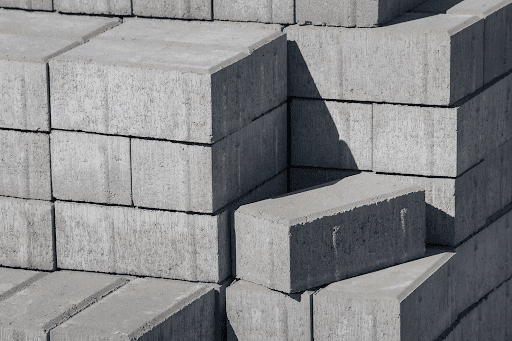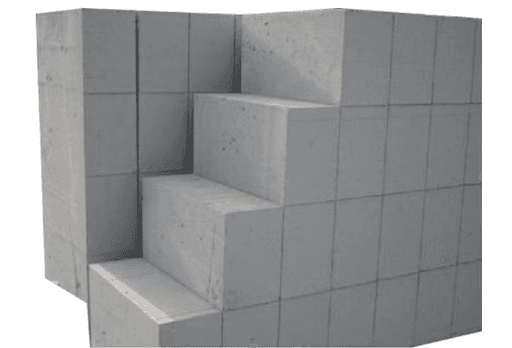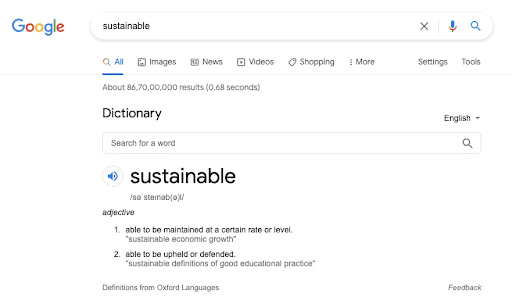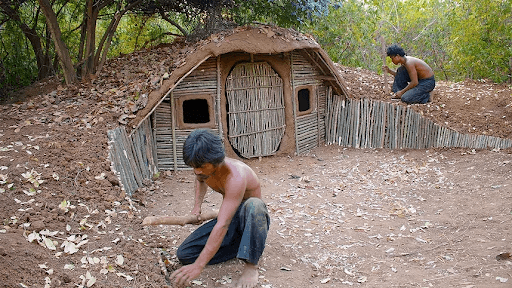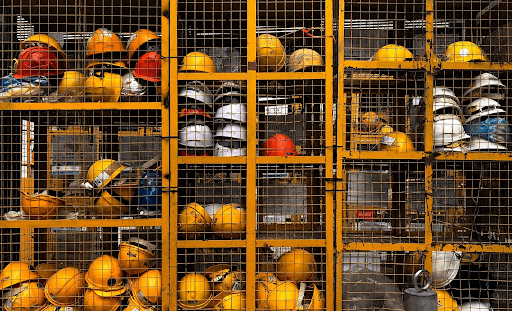India’s Need for Hemp: Carbon Emissions Context
The latest World Bank records show that India’s per capita CO2 emissions in the year 2014 were 1.73 tonnes of CO2 per person. A 2017 report by the PBL Netherlands Environmental Assessment Agency had shown that it was 1.80 tonnes of CO2 per person in 2014 and it grew to 1.91 tonnes of CO2 per person in 2016.
Tuesday, September 23, 2025
Written By:
GreenJams
2 min
Tags:
Carbon Capture
In the year 1990, India’s per capita emission of CO2 was only 0.75 tonnes. Within this span of 26 years India saw an exponential rise in per capita CO2 emissions, almost becoming 2.5 times of the 1990 value. At this rate, by the year 2030, the figure could breach the 4 tonnes per person mark, even when being conservative –more than twice that of the 2016 per capita CO2 emissions, and only within 14 short years!
In 2016, India’s CO2 emissions had increased by about 4.7% from the previous year, while that of USA, the Russian Federation, Brazil, China and the UK, which are the highest emitting countries, had decreased by 2.0%, 2.1%, 6.1%, 0.3% and 6.4%, respectively. Historical data (1990–2016) also shows a drastic reduction in the per capita CO2 emission for these countries, save for the exception of China, which grew from 1.99 tonnes in 1990 to 7.43 tonnes of CO2 in 2016. The UK had seen a whopping 40% reduction in its per capita emissions during the 1990 – 2016 period. The Ministry of Environment, Forests and Climate Change (MoEF) of the Govt. Of India is of the opinion that India is not part of the climate problem since the per capita emissions of CO2 is much lower than that of China, US, France, Germany or other large countries. Despite such a damaging trend in the country’s carbon emissions, India’s climate policy is “voluntary”, without foresight and definitely un-“ambitious”.
India’s GDP has been on a heartwarming increase. But along with it the country has also seen a proportionate increase in its per capita carbon emissions, due to its growth in the manufacturing sector and urbanization. However, the rise in GDP does not always mean bad news for the environment. While it is an indicator of better businesses and infrastructure, which form the crux of a good economy, traditionally the same mean departing away from environmental friendliness. However, it is a double-sided blade. The same opportunities for a profitable business environment also allows for innovation and the influx of products and materials that have a neutral (or very rarely, positive) impact on the environment and the climate, thus making way for bio-based materials.
While most of these materials and processes are currently struggling with scaling up, some are quite close to commercialization. But mostly, it just boils down to the type of feedstock used and its source. For example, while cotton is the most sought after raw material for making apparel textiles, its stress on the use of pesticides, water and fertilizers offset a major amount of the carbon capture enabled by growing the crop. The end of the agricultural cycle normally sees the burning of the remaining stalks, thus releasing a large amount of sequestered carbon dioxide back into the atmosphere. Unfortunately, the cotton stalks or the left over parts of the cotton plant have no industrial value. Similarly, major hard wood trees are felled for the production of paper and then put through a rigorous digestion process ignoring some soft woods and the easy-growing plants that can also be used to make paper. Nanotechnology traditionally uses mineral, synthetic or non-biogenic sources of carbon for the raw material. The construction industry typically relies completely on mineral sources for the production of building materials. Even construction chemicals shy away from employing biogenic raw materials, while there are technologies and research findings that exhibit the merit of the natural.
While there are other lesser-known existing biogenic sources for the multifarious applications required for a modern world, one particular plant is exhibiting great promise – hemp. While hemp is quoted to have about 25,000 applications, it does not particularly add great value to all of them. However, the value addition of hemp to some industrial applications is unparalleled. Some of the most supportive elements to hemp’s case are its easy and quick growth, large biomass yield, low requirement for fertilisers and pesticides, and efficient land use. A hemp cycle can be finished off within the off-season duration of other crops intended for cultivation in a particular parcel of land. Since there is a large enough usable biomass yield – more than that of forests, it also implies an equally large, if not larger, amount of carbon capture. Hemp has been successfully used to produce apparel textiles and since it’s made from hemp, the textile has a lower embodied energy, has consumed fewer chemicals, and is extremely durable, while also being comfortable. The kicker is in the left over parts of the plant, which can be easily digested to produce paper, nano-carbon or building materials. Hemp is one of the most sought after sources for synthesising nano-carbon, which are in turn used in specialised applications such as batteries and super-capacitors. All of these applications of hemp enable carbon storage save maybe for the exception of nano-materials.
Infrastructure development forms the crux of a growing economy. Hence, a strong GDP growth, such as India’s indicates a growth in the amount of resources consumed and carbon emitted. But, there are technologies such as bio-based building materials that are in fact beneficial to the environment when applied. One such cutting edge building material is hemp concrete, which is produced from the hemp stalks. The many advantages of hemp concrete include good thermal efficiency, durability, pest and rodent resistance, non-toxicity, lightweight and most importantly, active carbon sequestration throughout its lifetime. In some cases, it is seen that the net carbon dioxide stored by hemp concrete is equal to or more than its own weight! Another advantage of the material is that its durability improves with time. The many beneficial properties of hemp concrete translate to lesser consumption of energy and therefore lead to secondary savings of carbon emissions.
India is part of the climate problem. Presently, the country’s net emissions may not be at par with those of other countries, but the rate at which the country is progressing, the exponential curve of the rate of carbon emissions is only going to get steeper. When the 300 million people of the country are brought out of poverty, there shall be massive urbanization, which will definitely lead to an unprecedented increase in the consumption of resources. The technologies that can provide for them are here and now. Hemp has clearly demonstrated its ability to solve climate problems because of its worth in industrial usage. Similar to BECCS (bio-energy with carbon capture and storage), a new class of materials must be designated – those which have the ability to capture and store carbon.
👉 Stay tuned for more updates on how GreenJams is transforming the built environment, one carbon-negative block at a time.



